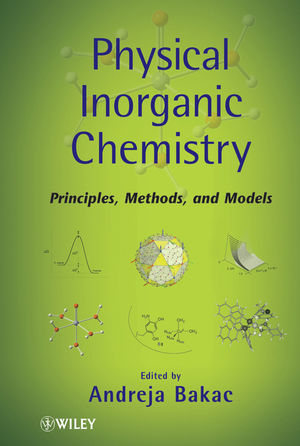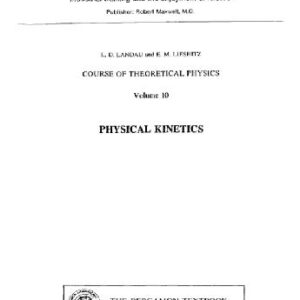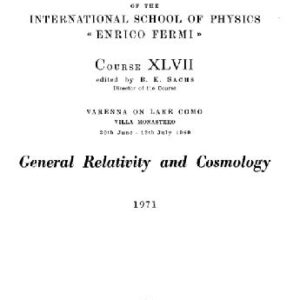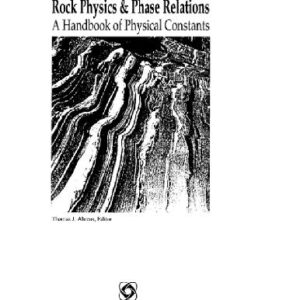Enables you to master the methods and techniques of today’s physical inorganic chemistry
Physical Inorganic Chemistry explores the most recent advances in this dynamic area of chemistry, with an emphasis on methods and techniques. Readers gain new insights into chemical reactions and mechanisms at the molecular level, and an understanding of the critical roles of metals in catalysis, biology, and medicine.
Each of the ten chapters, contributed by one or more leading experts, is dedicated to a particular method or technique and includes detailed examples where the method or technique facilitated important scientific breakthroughs. The book offers leading-edge reviews of:
Inorganic and bioinorganic spectroscopy
Magnetochemical methods and models in inorganic chemistry
Absolute chiral structures of inorganic compound
Chemical kinetics as a mechanistic tool
Application of high pressure in the elucidation of inorganic andbioinorganic reaction mechanisms
Heavy atom isotope effects as probes of small molecule activation
Computational studies of reactivity in transition metal chemistry
Many of the chapters describe new fundamental discoveries and techniques that have great potential to advance research and solve problems in such areas as solar energy, hydrogen energy, biorenewables, catalysis, environmental and atmospheric sciences, and human health.
With contributions from leading scientists, this book is a great source of facts and ideas for students and researchers in inorganic, physical, bioinorganic, transition metal, materials, and organometallic chemistry.Content:
Chapter 1 Inorganic and Bioinorganic Spectroscopy (pages 1?37): Edward I. Solomon and Caleb B. Bell
Chapter 2 57Fe Mossbauer Spectroscopy in Chemistry and Biology (pages 39?67): Marlene Martinho and Eckard Munck
Chapter 3 Magnetochemical Methods and Models in Inorganic Chemistry (pages 69?108): Paul Kogerler
Chapter 4 Cryoradiolysis as a Method for Mechanistic Studies in Inorganic Biochemistry (pages 109?142): Ilia G. Denisov
Chapter 5 Absolute Chiral Structures of Inorganic Compounds (pages 143?197): James P. Riehl and Sumio Kaizaki
Chapter 6 Flash Photolysis and Chemistry of Transients and Excited States (pages 199?267): Guillermo Ferraudi
Chapter 7 Application of High Pressure in the Elucidation of Inorganic and Bioinorganic Reaction Mechanisms (pages 269?365): Colin D. Hubbard and Rudi van Eldik
Chapter 8 Chemical Kinetics as a Mechanistic Tool (pages 367?424): Andreja Bakac
Chapter 9 Heavy Atom Isotope Effects as Probes of Small Molecule Activation (pages 425?457): Justine P. Roth
Chapter 10 Computational Studies of Reactivity in Transition Metal Chemistry (pages 459?499): Jeremy N. Harvey






Reviews
There are no reviews yet.